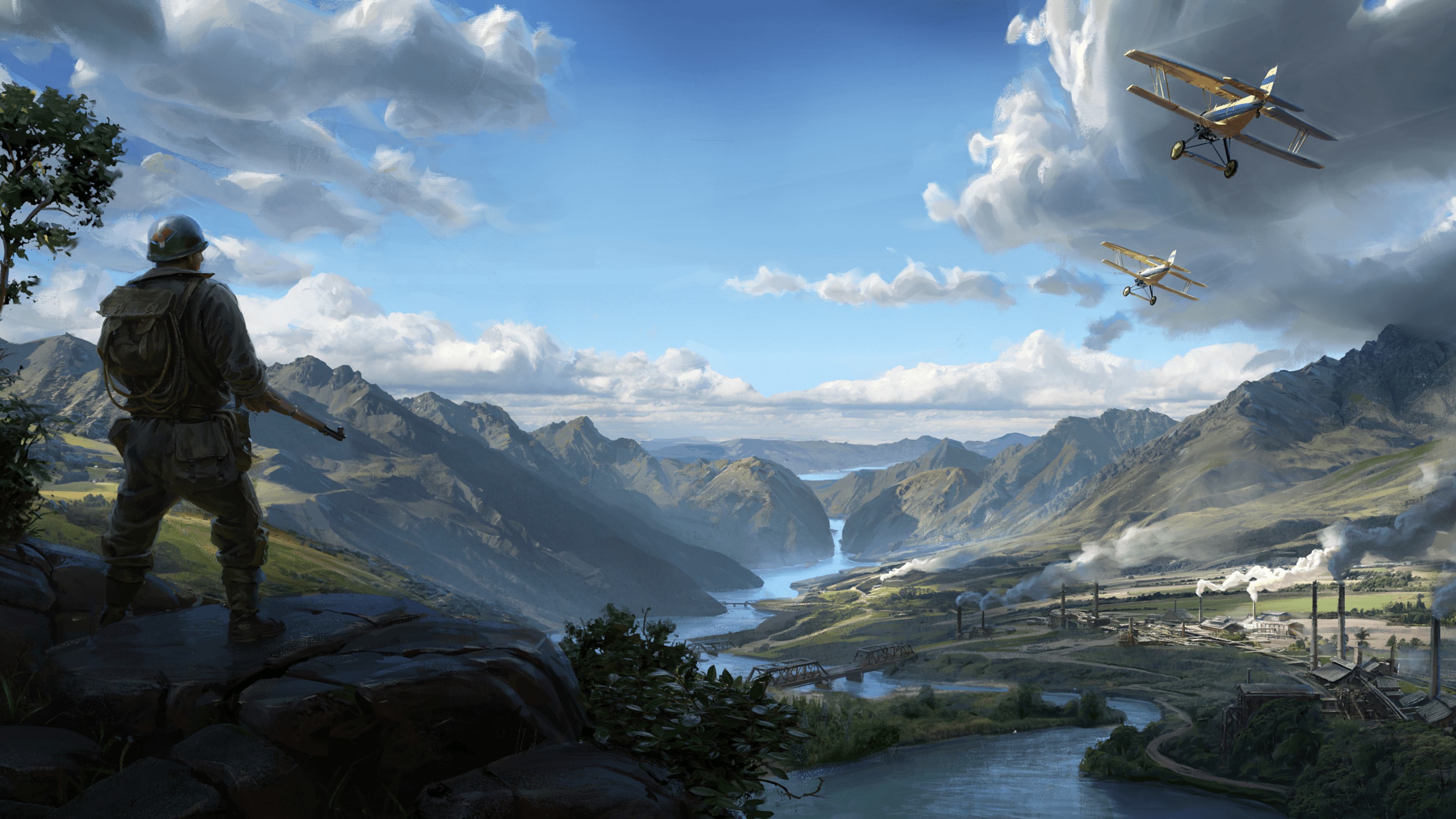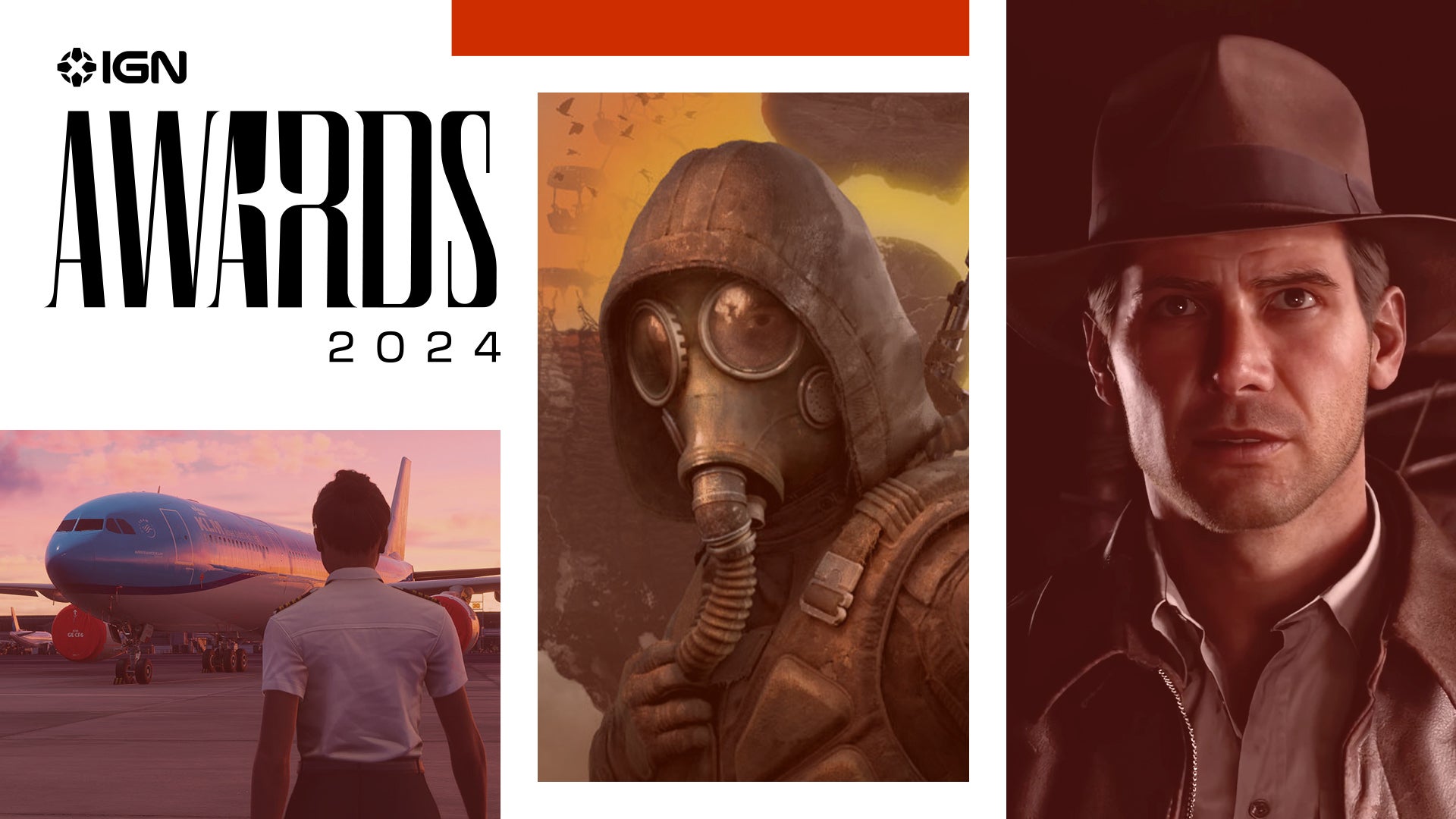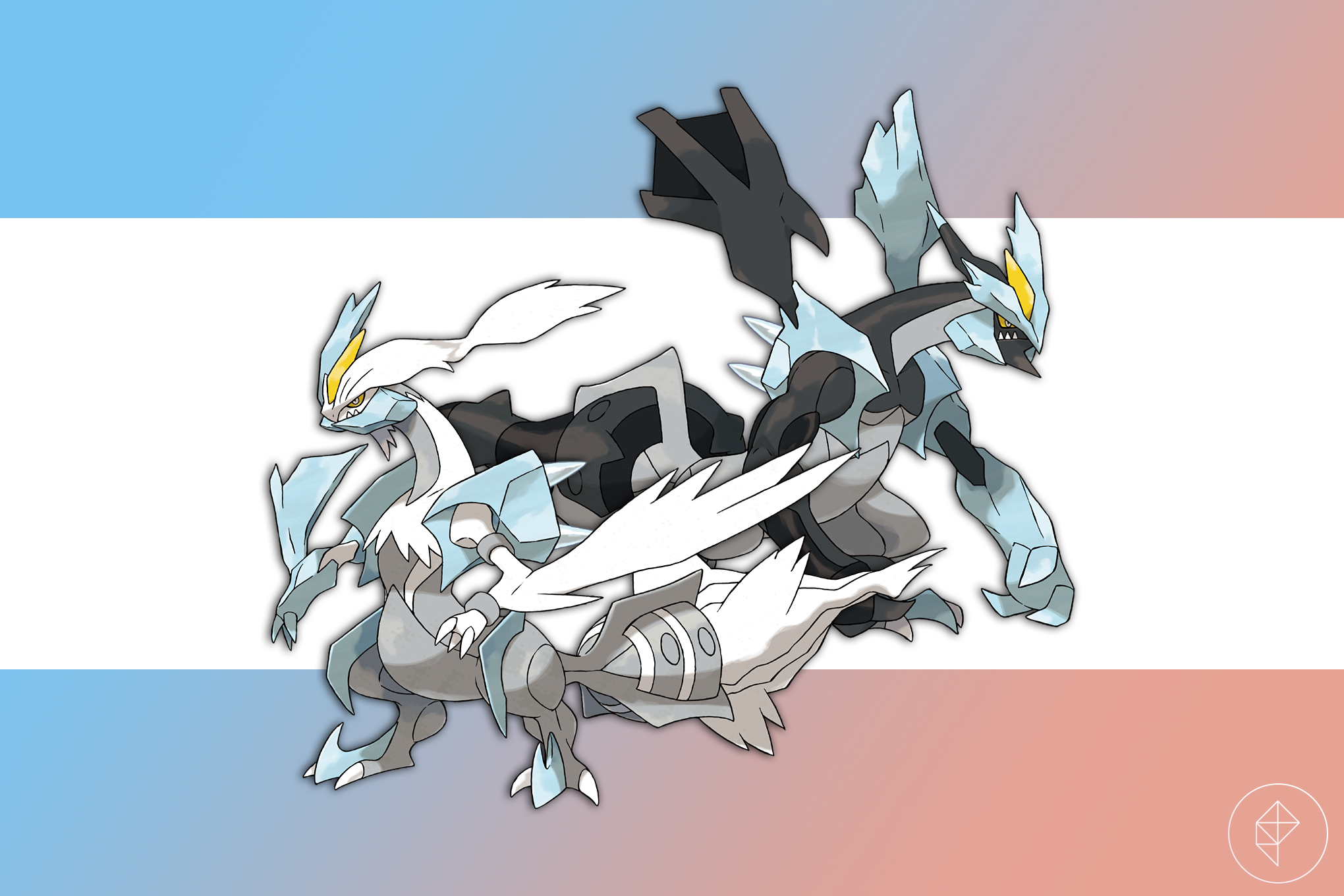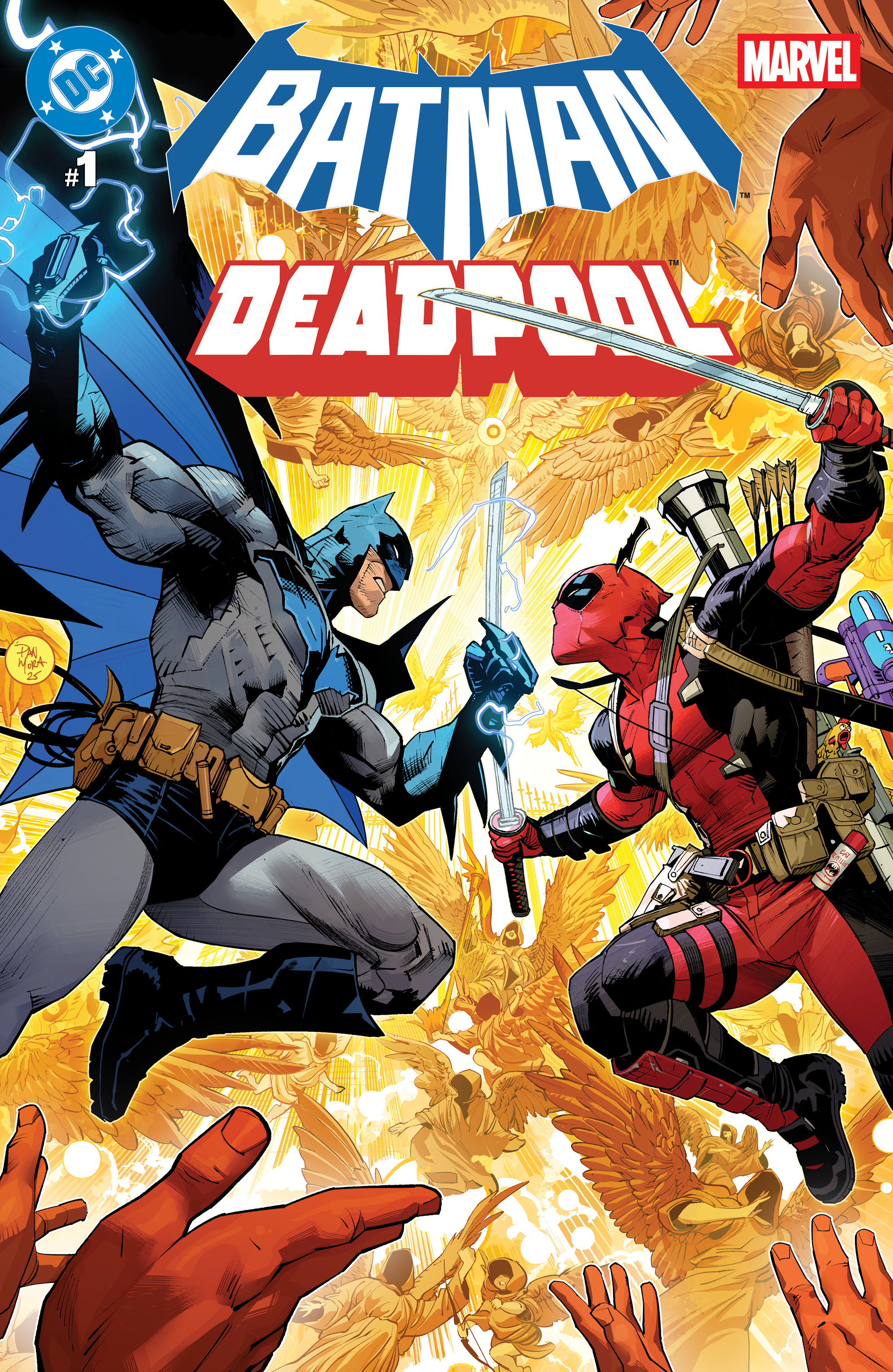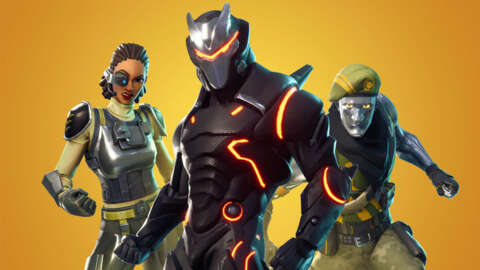
In 2021, the team at Overseer Games had an idea: What if they merged two genres for their next project? That is how Kaiserpunk, an upcoming city builder and grand strategy game set in an alternate early 20th century, came to be.
Set for a Feb. 27 release, Kaiserpunk has had a long road to launch day. According to the devs, there are a lot of challenges that come with mixing genres. Picture a Civilization game, but you start out by placing individual buildings while ensuring optimal workflow. Then you have to connect them all with roads in order for them to work — oh, and make sure they have the necessary workforce assigned. Do all of this while keeping an eye on what’s happening around your settlement and planning out your strategy for interacting with the rest of the world. Then, eventually, you switch focus to the global scale.
“As far as I know, I haven’t found any game that did these specific two genres,” Mario Mihokovic, co-founder and CEO of Overseer Games, told Polygon on a call from the team’s office in Croatia. “So we didn’t have a template… It was basically, ‘Go from scratch, try to find out what works.’ We were in prototype phase for over a year and a half, basically imagining how that’s going to work, testing. We basically did a lot of mistakes along the way.”
In the interview, Mihokovic discussed everything from the challenges Overseer’s team of 11 developers (and a handful of contractors for specific tasks) faced when creating the game to the possibilities the alternate 20th-century setting allowed and how to balance a cross-genre game.
[Ed. note: This interview has been edited and condensed for clarity.]
Polygon: Why create a city builder and grand strategy crossover game?
Mario Mihokovic: First of all, because we like to complicate things. [laughs]
Most of us are really big fans of city-builder games — games that do not necessarily mean some kind of direct fighting, violence, or anything. We wanted to try to do something that requires more thinking, strategizing, creating a plan far in advance, and then looking at how that actually plays out through the year — in game years, of course. It’s a good test for the way you think, the way you anticipate things.
Every time we played city builders, we always felt there’s something missing once you do that within your city or your small colony or whatnot — you’re basically done. So the only thing you need to do is rinse and repeat all of that until you reach all of the possible goals the game has set up for you. What if you do all of that, and then you get the chance to make a carbon copy of your success on the local level on the global level. Would that work? It was an interesting question, because sometimes some things that work perfectly on a local level will actually not work on a global level at all, because it’s a different situation. But we wanted to see how would players handle that.

How did you as a development team handle the merging of the two genres? You mentioned there were a lot of mistakes made along the way.
We realized what’s not going to work, and what’s going to be the needed balance between grand strategy elements and city-builder elements. Because one thing we also realized is that a city builder is a relatively complex type of game and grand strategy — if you look at, like, Hearts of Iron — it’s the same thing, it’s a very complex thing. So if you merge two very complex genres, you’re going to get yourself in a problem, because you’re going to need a manual with 10,000 pages to learn how to play.
So we basically had to make a decision — how far are we going to go in this second genre? So it’s not as in-depth as Hearts of Iron, but it’s not an afterthought — there’s a very clear usability, and you have to do global things in order to complete the game.
How does the global level of the game work?
Every faction has one big, major hub that you create, and then in other regions that you gain control over, you need to decide what you’re going to do there. You’re not going to build another city again, because, in our opinion, that would mean duplicating the same job. You need to imagine what you’re going to do with that region, so you build the improvements in that region. You develop that region in a more global manner.
You have basically a similar set of challenges [as building your hub], but on a completely different scale and different ways to achieve that. People mainly see it as, It’s my chance to exert global dominance and conquer the world. That is part of it, it’s possible to do that — I assume that at least 50% of players will actually pursue that. But global dominance is not the only way. You can achieve [your objective] without making a single army or conquering anything. That’s not the point. You don’t have to do that. It is the fastest way, but not the easiest way. People will think it’s the easiest way because it’s going to start the easiest, but that’s not how it’s going to play out. Waging constant war on the global scale — that’s going to be very complicated and harder the further you go. So there are other ways.
You can use trade and diplomacy, and organize alliances. You can exert your influence in a different manner. That’s going to be, actually, easier, but it’s going to require much more forward thinking than just like, I’m gonna do what I feel like today. That’s not gonna work, because in diplomacy, you need to take in account what everybody else is doing, all other factions — what’s their policies, how they’re organizing their society, how they’re going to react to your actions.

Where did the concept for the game and the name Kaiserpunk come from?
Well, basically because of the era. Kaiserpunk is set in an alternative timeline. In our timeline, that would roughly be equivalent to around 1918 to 1950, around 30-40 years in our time. Because the game is generally set in that, like, Roaring ’20s time, like German noir years of the early ’20s is something that it looked like. It described it pretty well. And “punk” basically was added simply because the game has some fantasy elements — not like dragons or something like that, not like that. I’m going to give a specific example. Since this is alternative history, the entire technological development does not have to follow what happened in our reality.
So you’re going to have specific equipment, buildings, cars, and tanks from exactly 1918, because that’s the year our reality and our [in-game] alternate reality converged. After that, it starts to differ. So in our reality, the pace of technology — when something was invented — was influenced by when the Second World War started. In our [in-game] reality, the First World War simply never stopped, and it caused the entirety of all world nations to crumble after a while. So basically, build all nations from scratch. You have cultural heritages, you have links to the previous nations in the sense of how everything looks, the language, the appearance of buildings, units, and everything. But that’s it. That’s all the connection there is. And then you build from it again.
You have some technologies in Kaiserpunk that actually didn’t exist in our reality. For example, you’re gonna have war blimps. So that was actually a prototype — it was created in our reality, but it never went anywhere beyond the prototype, because it wasn’t needed. War stopped. There was a pause until the Second World War, and then they created big bombers and new technology for World War II. [In-game], war never stopped, so the need to introduce new weapons to try to get some edge never stopped. Like bombing raids, you can do only with blimps, because planes don’t exist yet. There are a couple of things like that in Kaiserpunk. I know some people will not actually like it. Some thought it’s very cringy or whatever, but in our mind, it actually describes pretty well what the game is all about — early ’20s mechanical things, technological breakthroughs in the modern era, and punk as an homage to a part of history that we never actually experienced.

How much of these so-called fantasy elements came from knowledge that the team had of these prototypes, and how much of it was researching to find these things that could be added?
There was quite a lot of research. We had a little bit of advantage because, by profession myself, I’m a history teacher. I switched to another career very, very early on, but I have a huge passion for history itself. I actually went to school and college and university for that. And we have another history guy in the company as well. So we have two of us. So basically, majority of general knowledge where we should seek these things came from us.
We knew about this weird story, something that was rumored or wasn’t certain that existed, but there are some schematics. And so that was actually then given to all the other guys. Then everybody basically did their homework. There are enormous amounts of things we found out about what that era looked like, and we took some pieces from it that looked like the most feasible things to do. Because it had to be, even if prototypes, developed up to certain levels so you can actually make models of it and know how it should probably work. So we wanted to keep it a little bit realistic.
What has been the hardest thing to do in the development phase?
Squeeze it all in one game. I mean, seriously, early on we actually believed, Ten to 15 features from grand strategy? It’s not that big of a deal, it’s going to work fine. It doesn’t, because grand strategy has very specific rules how they work to make it sensible. And if you expand every feature a little bit in the grand strategy part, then you get a much larger thing than what you hoped for and it’s a problem.
We decided to skip the turn-based approach, which is much better for the fluency of the game itself. That works pretty well, but it’s very complicated to merge. If the time passes in the same way on the global map and then your local map, it’s not easy to combine it. Because, when you start developing your city in the first two to four hours of the game, you will probably spend most of your time in local map, organizing your own production chains and setting up variables. You need to actually step out on the global map, but later it’s going to switch. You’re going to have more things to do on the global map, and you’re going to delegate things on the local map more and more.
We had to incorporate notifications from global map to local map, because if you’re on the local map, you want to be notified if something important is happening on global map. If somebody is setting up an attack against you — amassing armies, preparing logistics on your western border — you’re going to pay attention to that, but if you are currently on the local map, it’s happening on the global map; you don’t see it. So not everybody’s going to jump between maps all the time. So we had to make a single notification system that is going to tell you, The messenger came, something is happening there.
That’s a lot! How did you balance everything you wanted to add with what you could do in a reasonable amount of time?
I wish we had, like, 50 or 100 people, because there are so many ways you can go with it. You can do so many layers in this. We had to, like, smack ourselves, like, Stop it, 500 features is enough. You can’t do everything. You can’t have 10,000 stories — a few hundred is enough. So we had to stop ourselves. You can’t physically do all of that. But the theme, when we got into it, it’s so potent. You can do so many things with it, and we’re gonna do whatever we can. There are plans, if everything goes well — we’re gonna expand the heck out of it. So many additional angles, so many things you can add. Because it’s the entire world.
Source:https://www.polygon.com/q-and-a/507197/kaiserpunk-city-builder-grand-strategy-game-interview